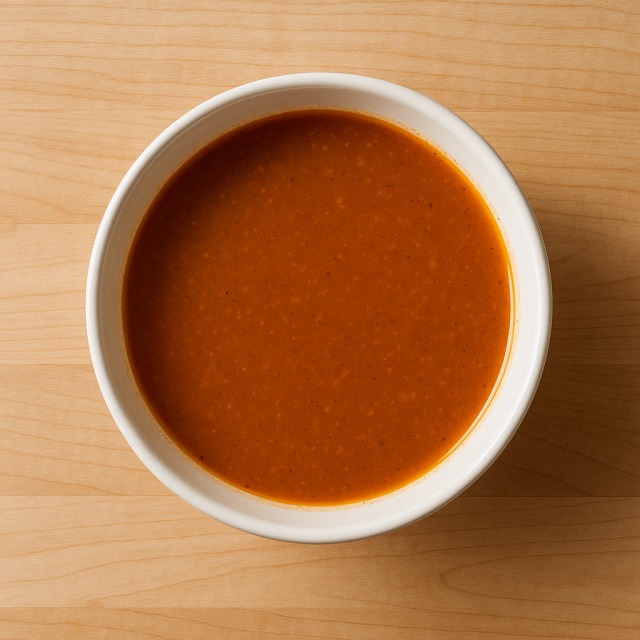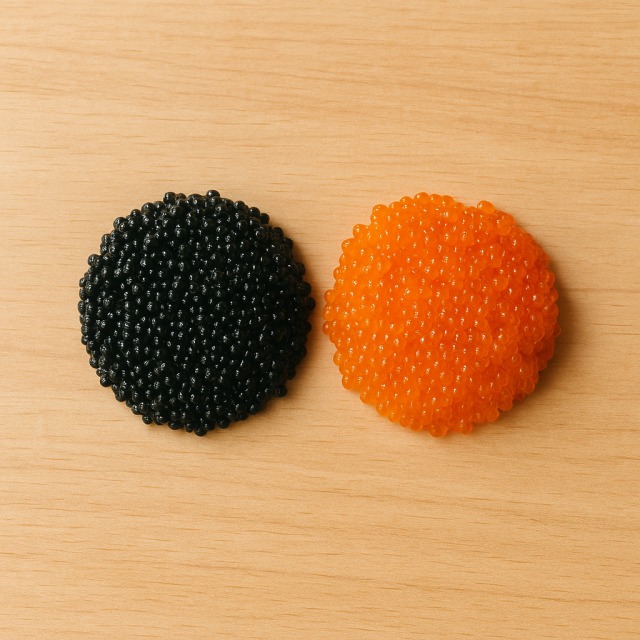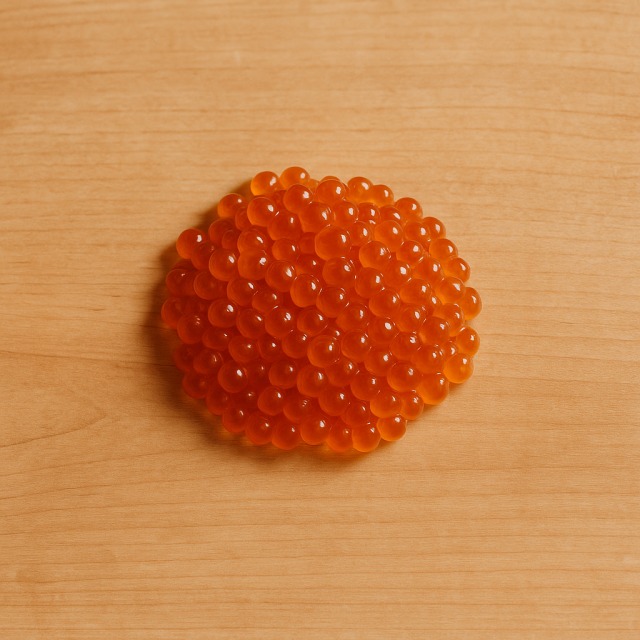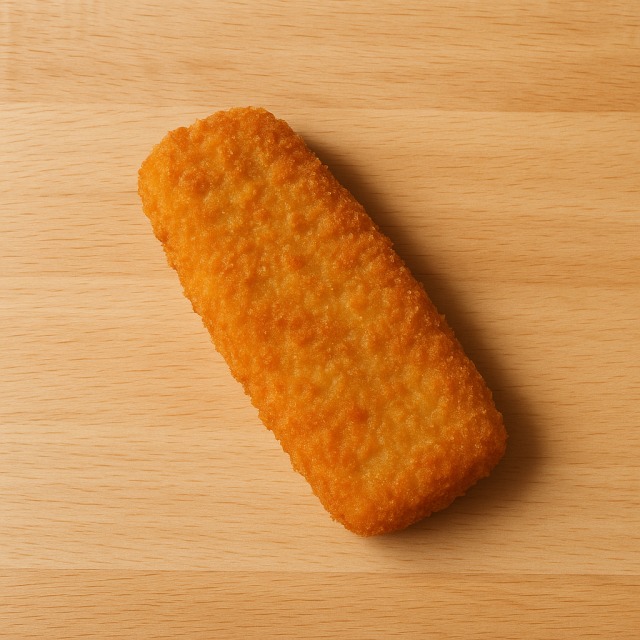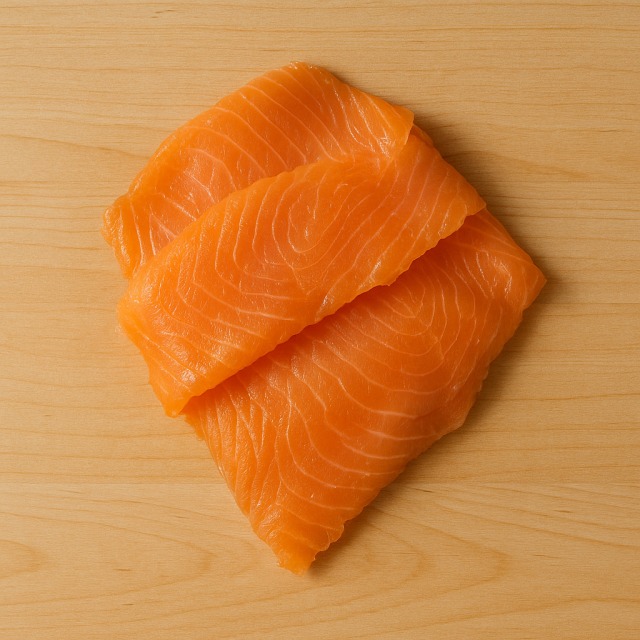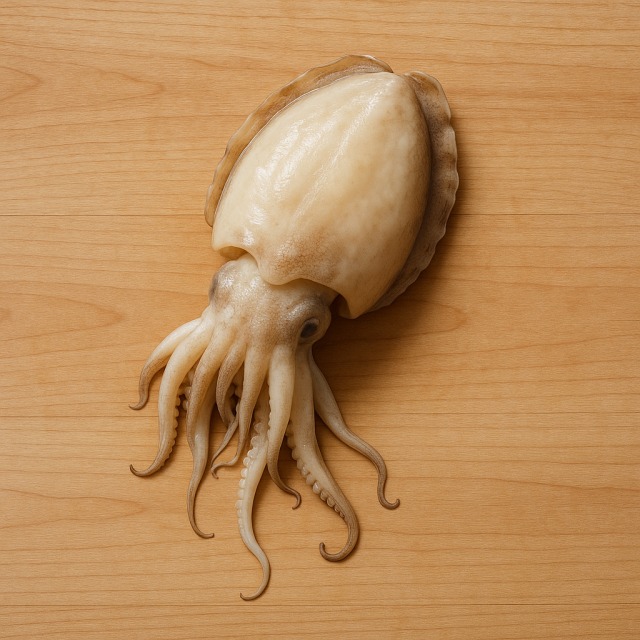Calorie Chart / Fish / Surimi
How Many Calories Are in Surimi?
Calculation of the nutritional value & Recommended Dietary Intake of surimi
For g and a calorie requirement of kcal
| Calories 13 kcal | Proteins 1.9 g | Lipids 0.2 g | Carbohydrates 1 g |
| 1% | 3% | 0% | 0% |
Health benefits of surimi
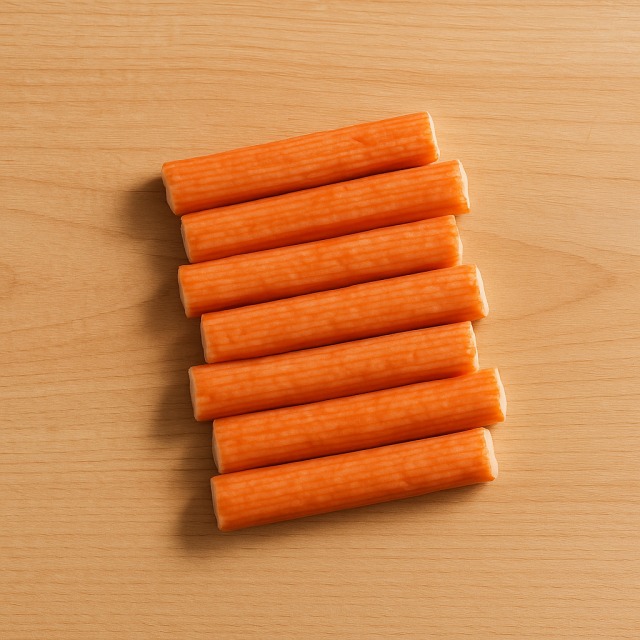
Surimi - 100g
Calories 77 kcal
Proteins 11 g
Lipids 1 g
Carbohydrates 6 g
With only 77 kcal per 100 g, surimi is considered a low-calorie food; its calorie profile is interesting for anyone who wants to control daily calorie intake without sacrificing taste. The product supplies around 11 g of protein for very few calories, making it attractive for athletes who need protein but watch calories closely.
Surimi is prepared from finely minced white fish such as pollock or whiting; it therefore concentrates marine micronutrients. It delivers vitamin B12, iodine, phosphorus, and selenium, all useful for normal nervous system function and thyroid health. Even if the quantities are modest, they contribute to nutrient density without pushing up calories. A small amount of marine omega-3 is also present (a benefit still "supposed" after processing, because part of the fatty acids may be lost), yet it comes at virtually no extra calories.
Historically, surimi was developed in 12th-century Japan as a preservation technique. Modern industrial surimi adds crab flavoring and a characteristic orange coating but still keeps calories low. In short, surimi is a low-calorie ingredient, rich in easy-to-digest protein and minerals, giving an original seafood note while helping to balance daily calorie goals.
Tips for incorporating surimi into a balanced diet
Because surimi brings flavor and protein for very few calories, it is ideal in cold dishes where hidden calories often creep in. Replace part of the mayonnaise in a classic crab-stick salad with light yogurt; you will slash calories while preserving creaminess. Add diced cucumber and tomato for bulk with negligible calories.
For a balanced bento, roll surimi sticks with seasoned rice and nori sheets to prepare homemade maki. Serve them next to steamed broccoli; you obtain fiber, vitamins, and color at a fraction of the calories of takeaway sushi menus.
Another idea: mix shredded surimi with whole-grain quinoa, lemon juice, and chopped avocado. Quinoa completes the amino acid profile, avocado brings healthy fats, and the overall calories stay moderate. Remember to keep an eye on dressing portions; even a low-calorie food can see its calories increase with too much oil.
Finally, if you crave a warm preparation, add surimi cubes at the very end of a vegetable soup such as vegetable soup. Heating them briefly preserves texture and avoids unnecessary calories from frying. Whatever the recipe, counting calories, controlling sauces, and pairing with high-fiber vegetables will let you enjoy surimi frequently without exceeding your daily calorie budget.
Frequently Asked Questions
- How many calories are in surimi?
- There are 77 kcal per 100 g.
- Do cooking methods change surimi calories?
- Light steaming or adding surimi to soup keeps calories virtually identical; frying in oil can double the calories per portion.
- Is surimi a good low-calorie protein source?
- Yes, you receive about 11 g of protein for just 77 kcal, an excellent calorie-to-protein ratio.
- Are surimi calories lower than real crab calories?
- Fresh crab provides roughly 85 kcal per 100 g, so surimi is slightly lower in calories while imitating crab taste.
- Can I eat surimi when following a calorie-deficit diet?
- Absolutely; its low-calorie content helps create a deficit, provided you watch sauces that could add hidden calories.
- How should surimi be stored to avoid wasting calories and money?
- Keep unopened sticks in the refrigerator (0–4 °C); once opened, consume within 48 hours. Freezing is possible and does not modify calories.
Similar foods
Information provided by Calorie Menu may contain inaccuracies or errors. It cannot, under any circumstances, substitute medical advice or medication.
